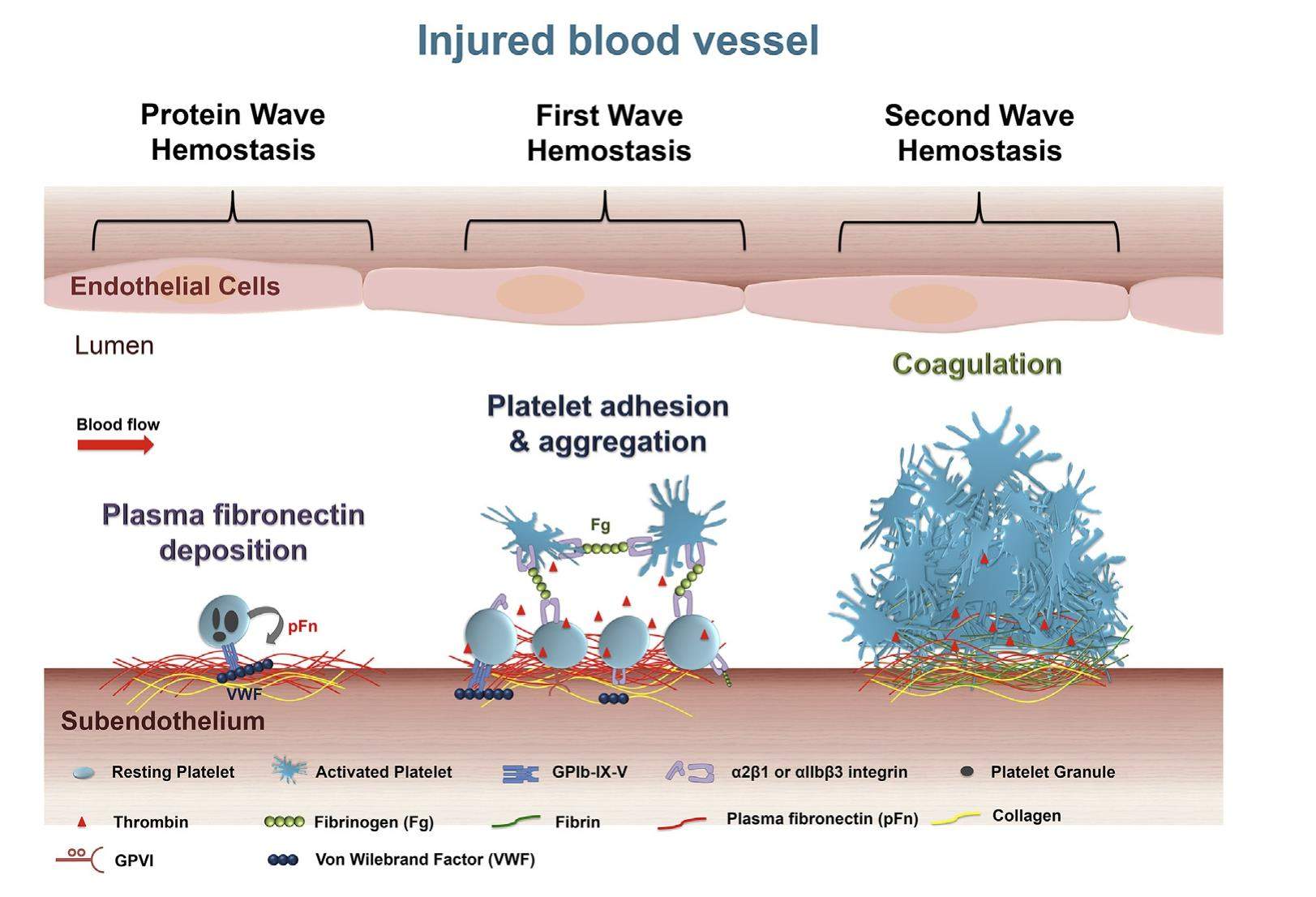
Platelets and platelet alloantigens: Lessons from human patients and animal models of fetal and neonatal alloimmune thrombocytopenia


Platelets play critical roles in hemostasis and thrombosis. Emerging evidence indicates that they are versatile cells and also involved in many other physiological processes and disease states. Fetal and neonatal alloimmune thrombocytopenia (FNAIT) is a life threatening bleeding disorder caused by fetal platelet destruction by maternal alloantibodies developed during pregnancy. Gene polymorphisms cause platelet surface protein incompatibilities between mother and fetus, and ultimately lead to maternal alloimmunization. FNAIT is the most common cause of intracranial hemorrhage in full-term infants and can also lead to intrauterine growth retardation and miscarriage. Proper diagnosis, prevention and treatment of FNAIT is challenging due to insufficient knowledge of the disease and a lack of routine screening as well as its frequent occurrence in first pregnancies. Given the ethical difficulties in performing basic research on human fetuses and neonates, animal models are essential to improve our un-derstanding of the pathogenesis and treatment of FNAIT. The aim of this review is to provide an overview on platelets, hemostasis and thrombocytopenia with a focus on the advancements made in FNAIT by utilizing animal models.
